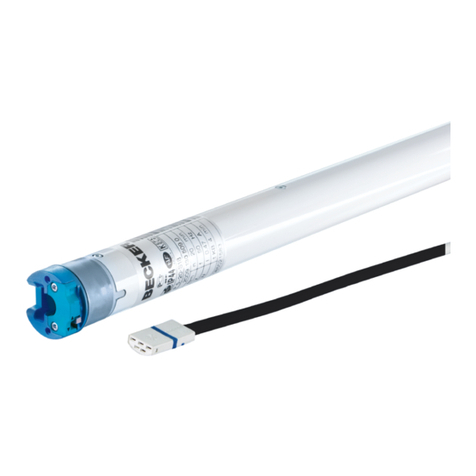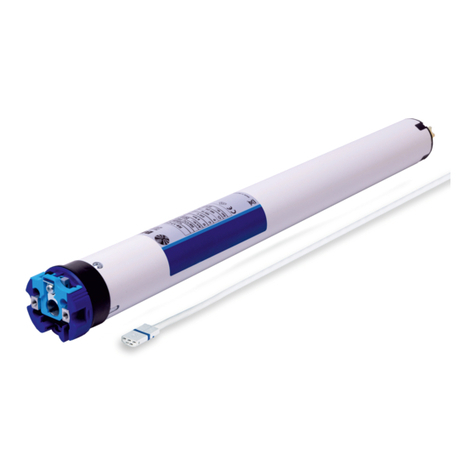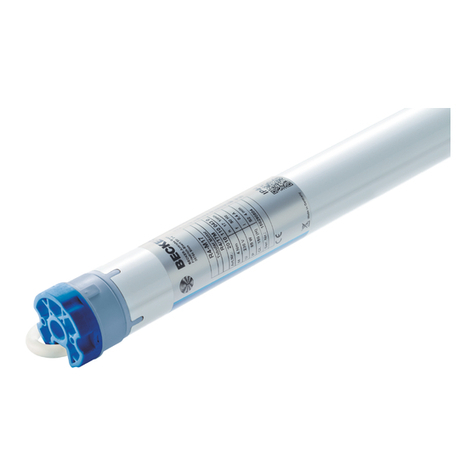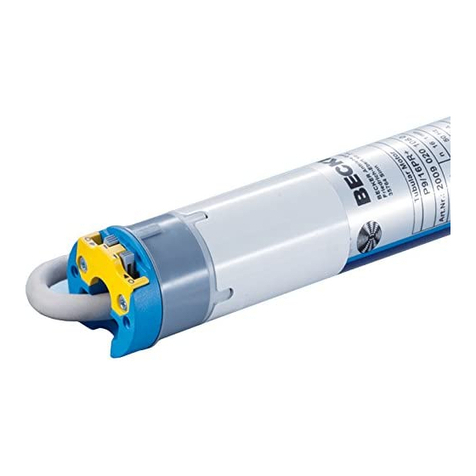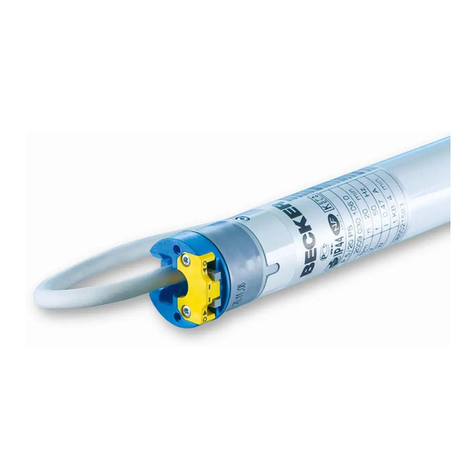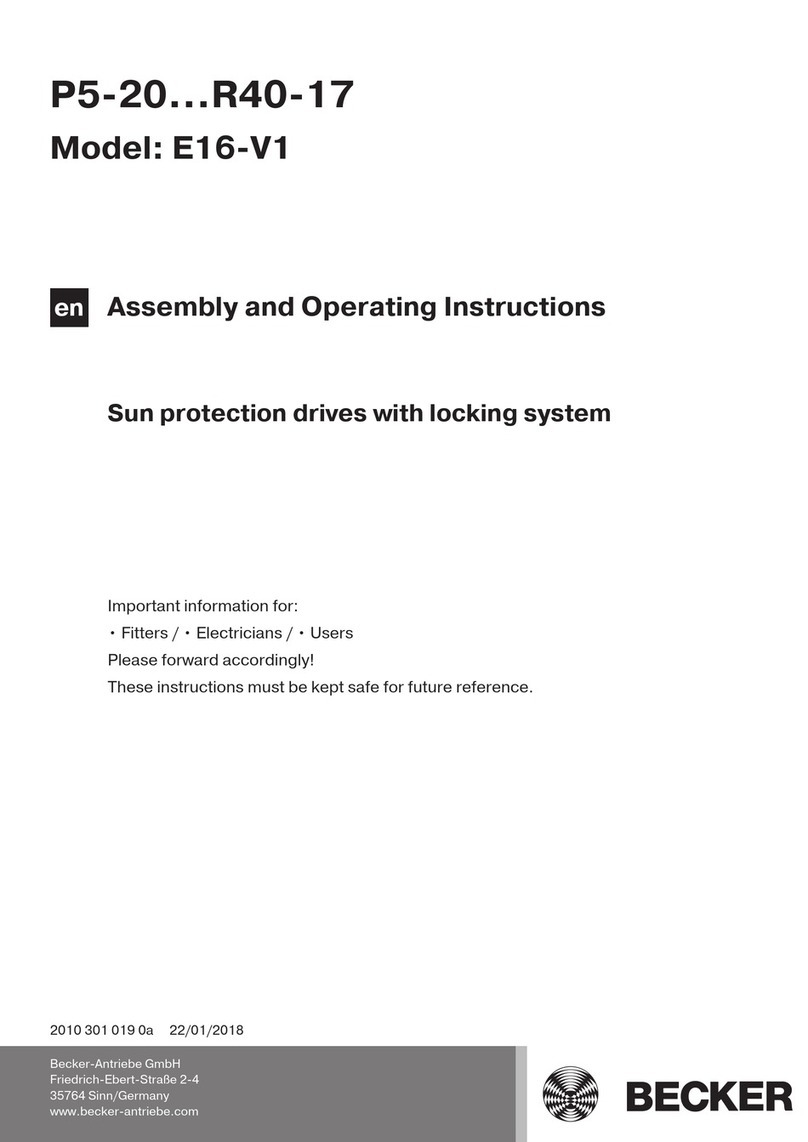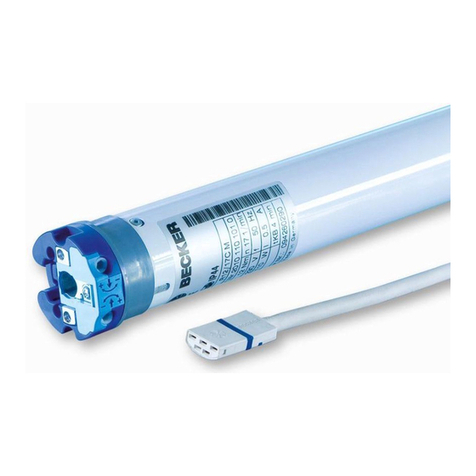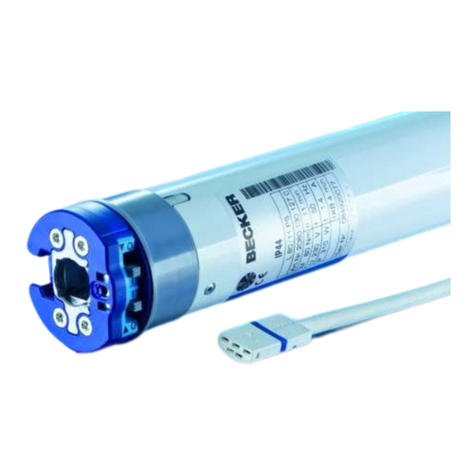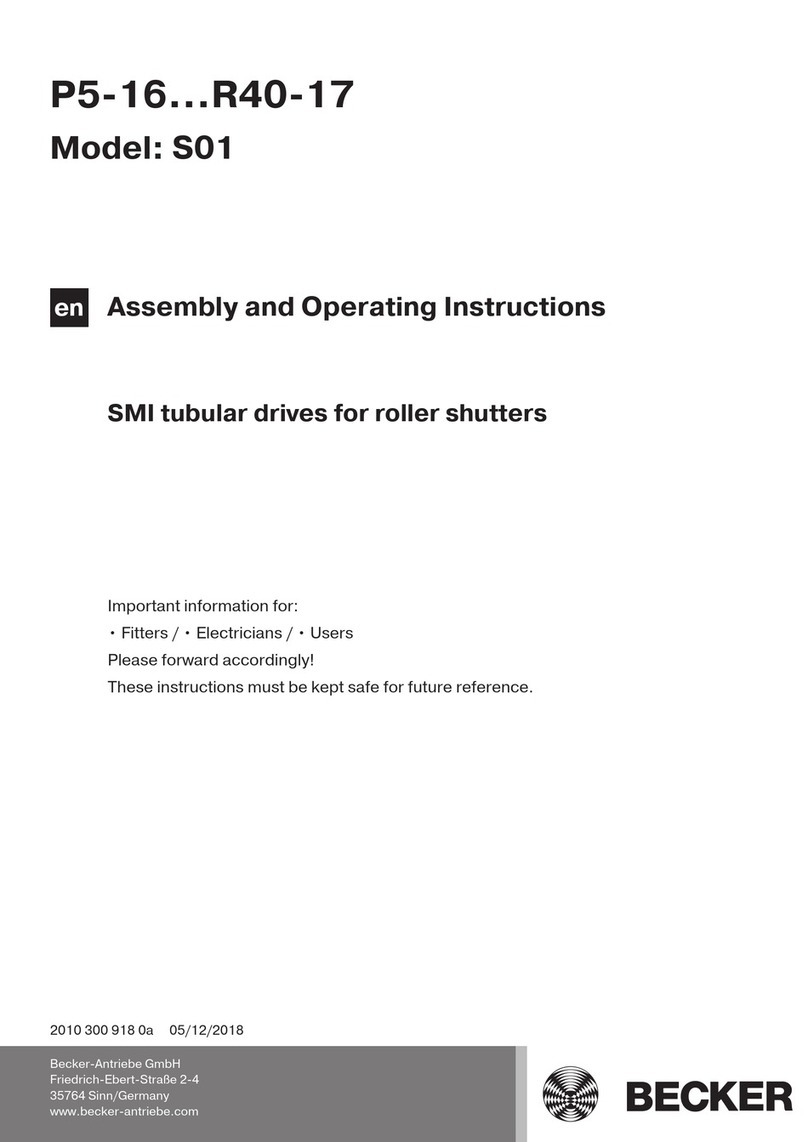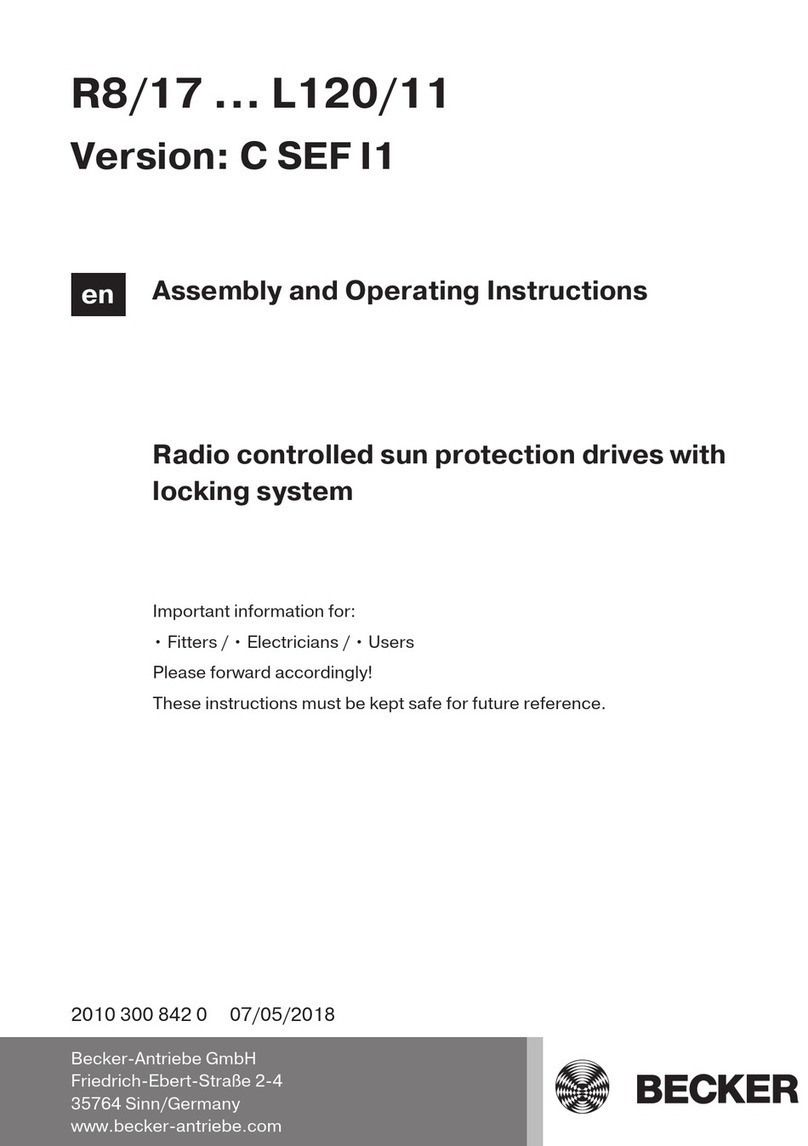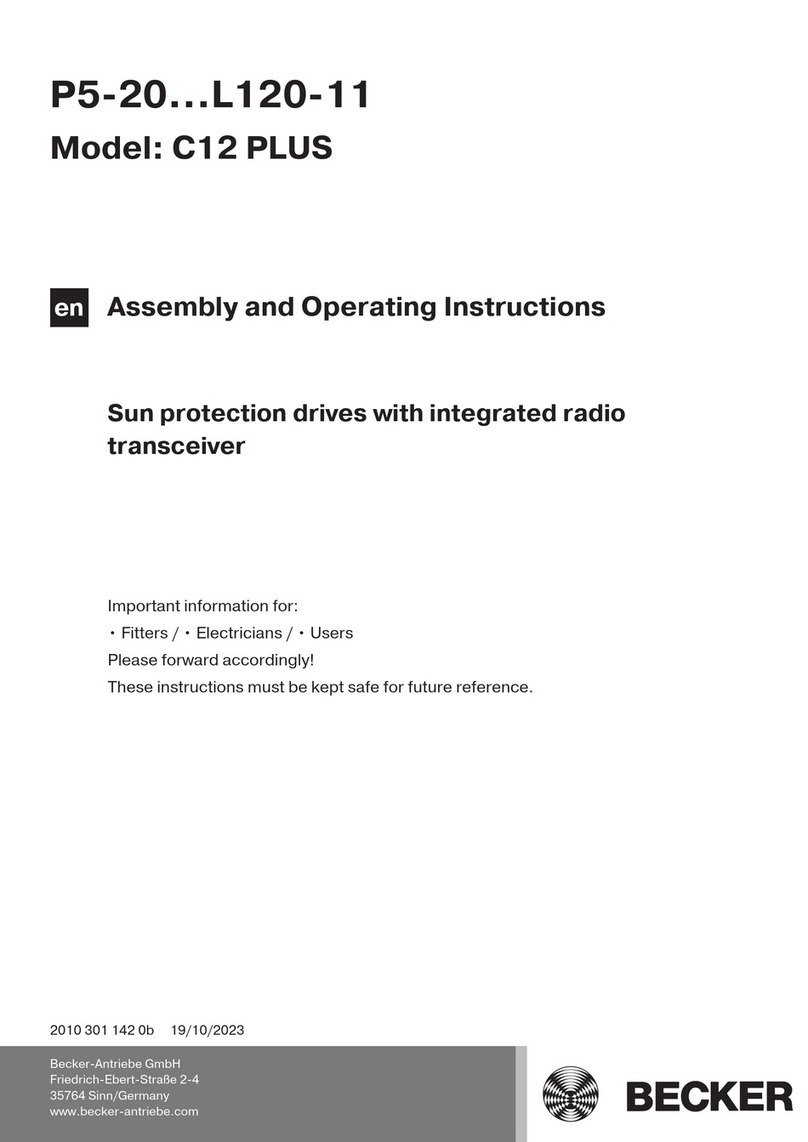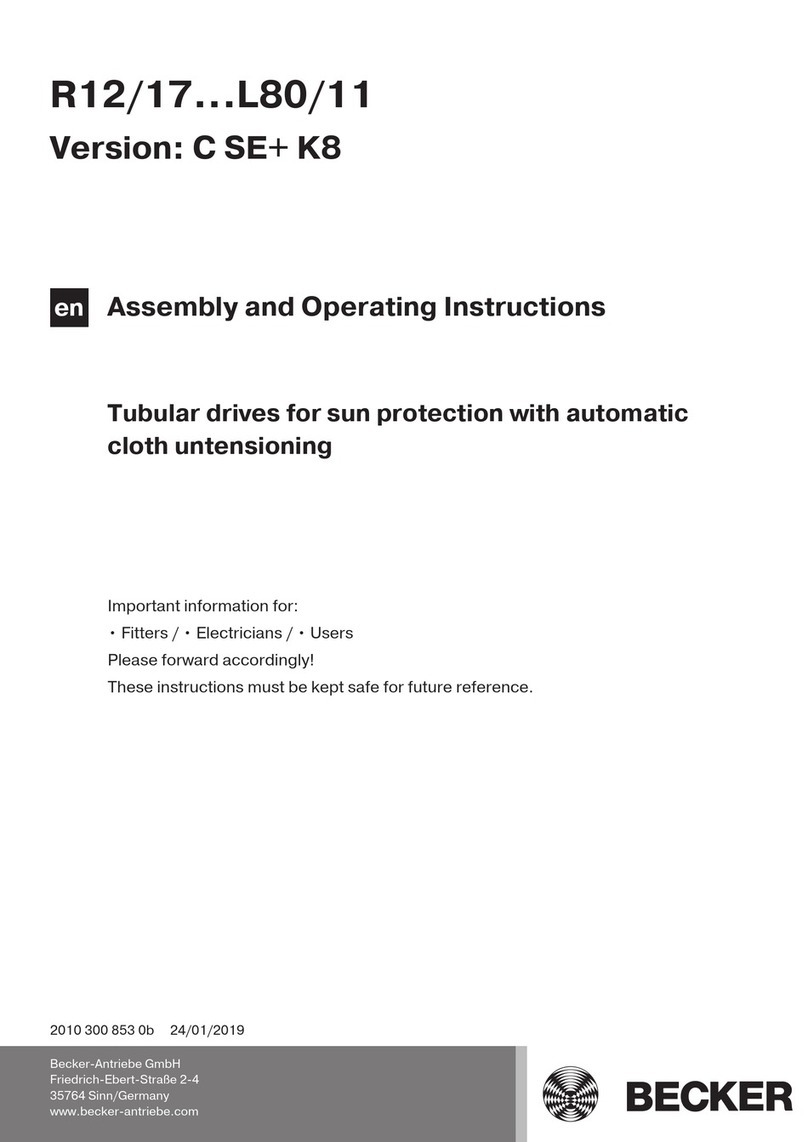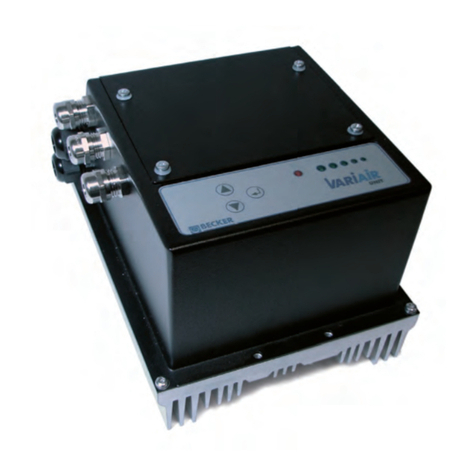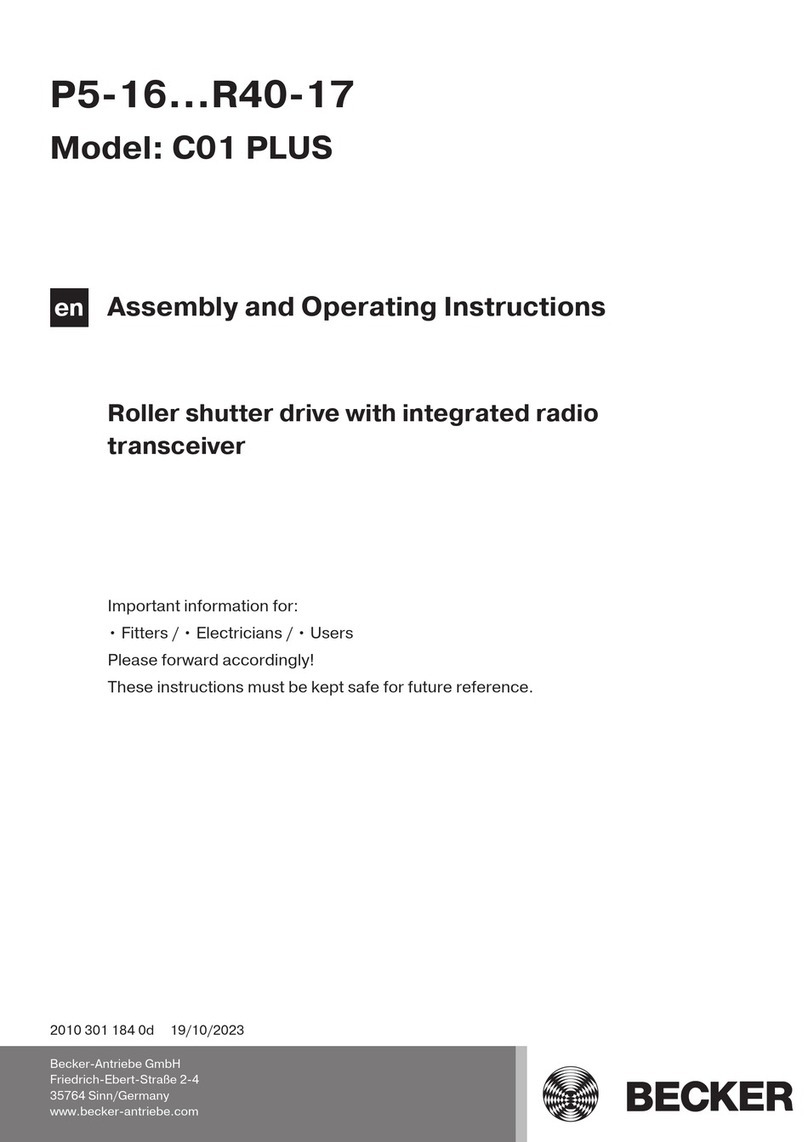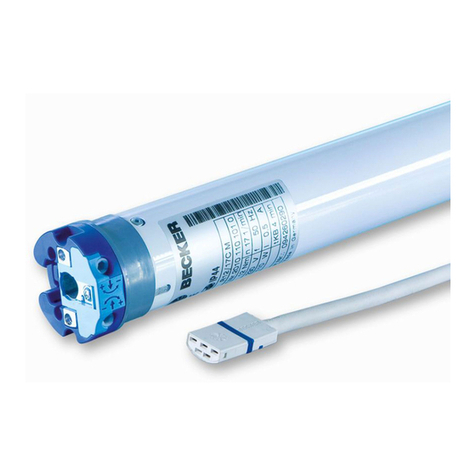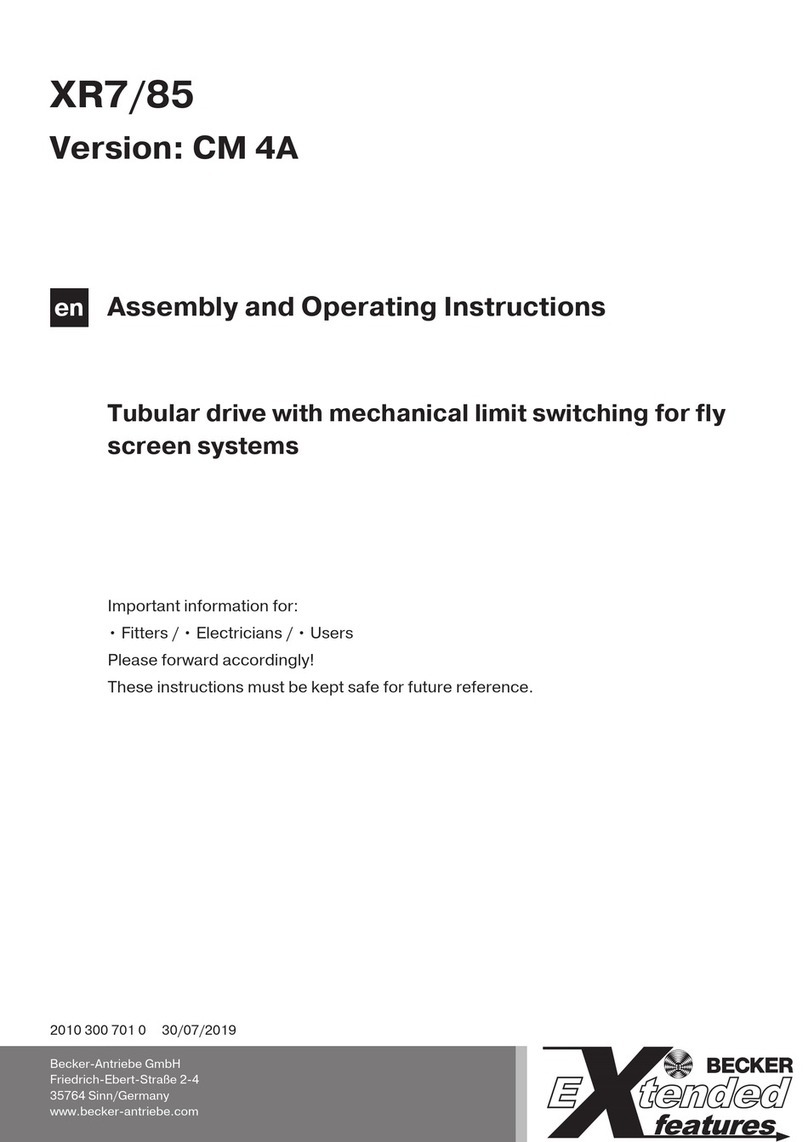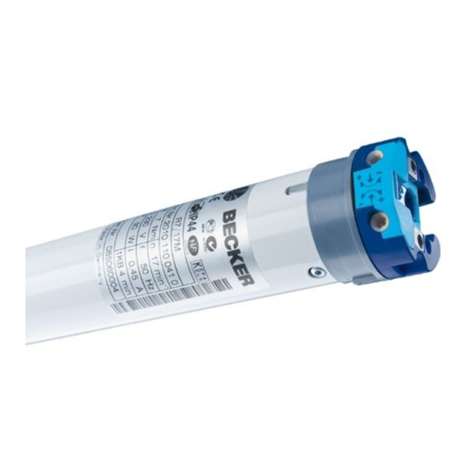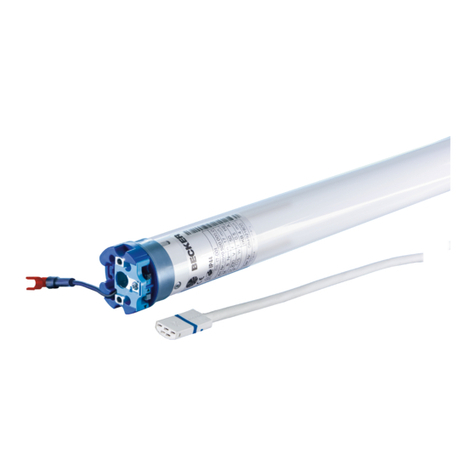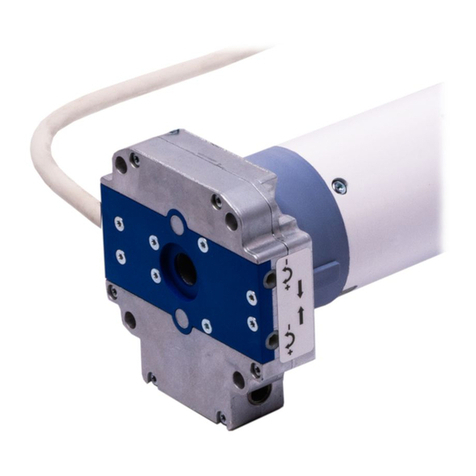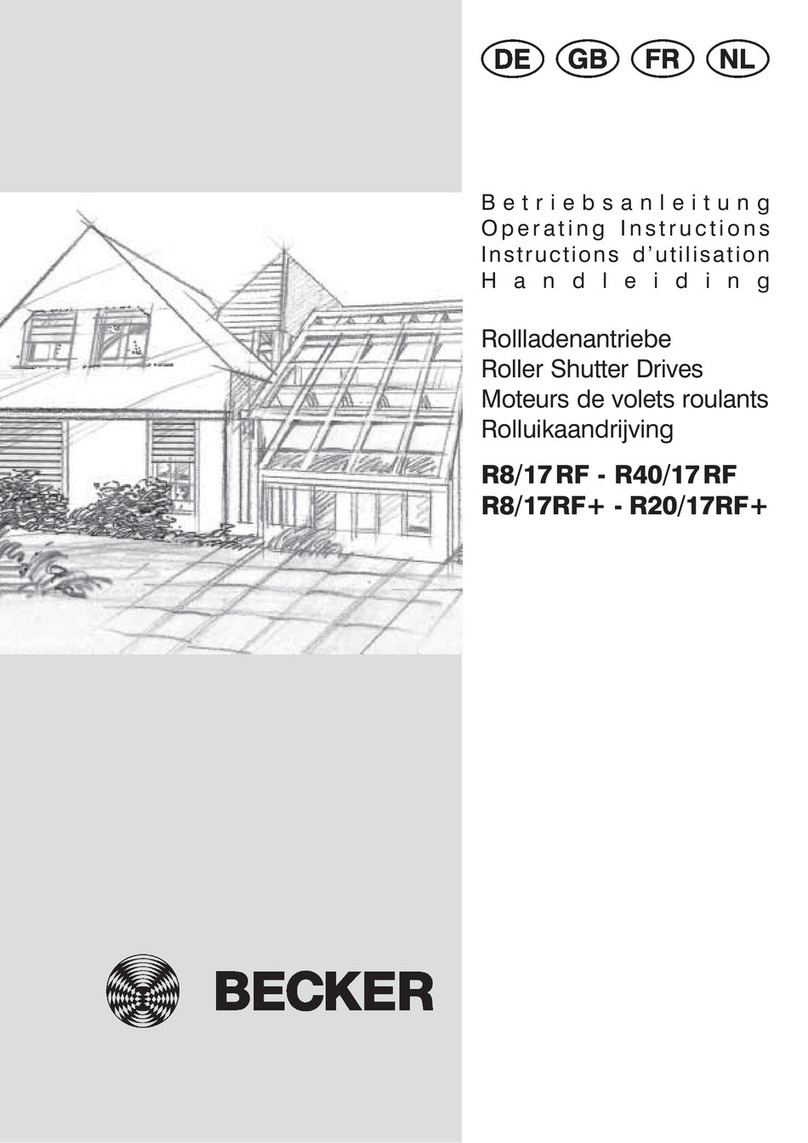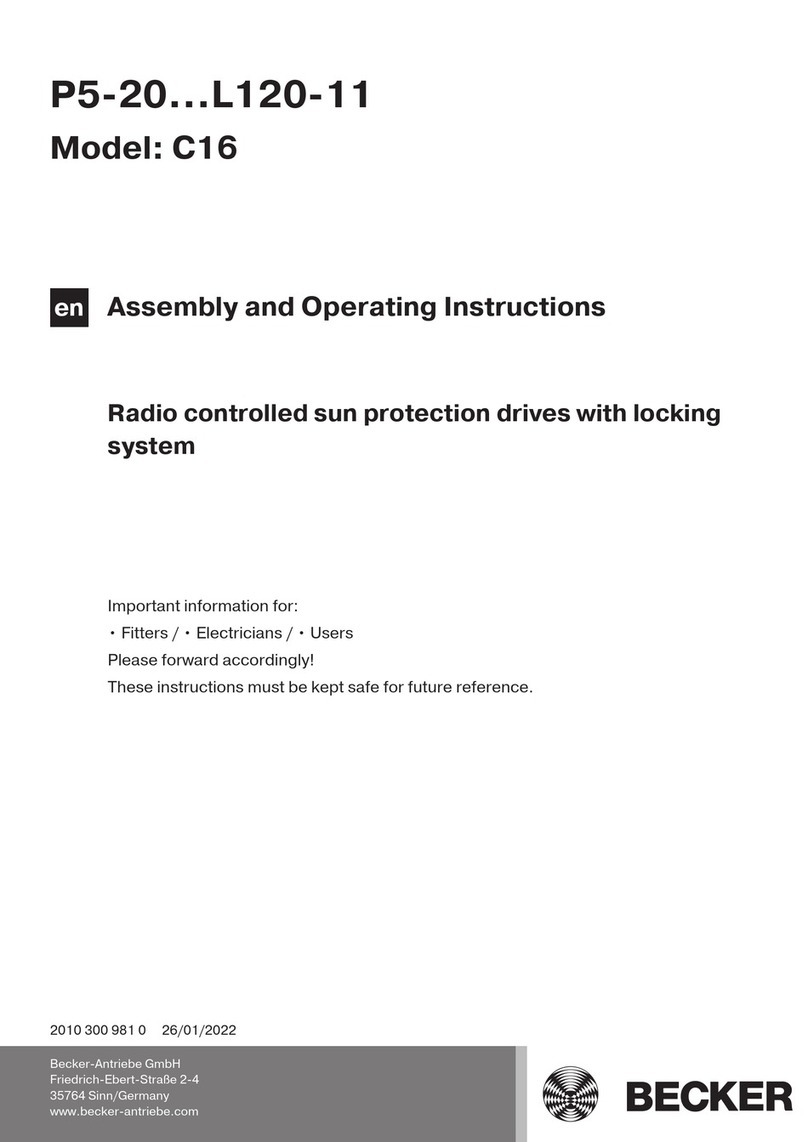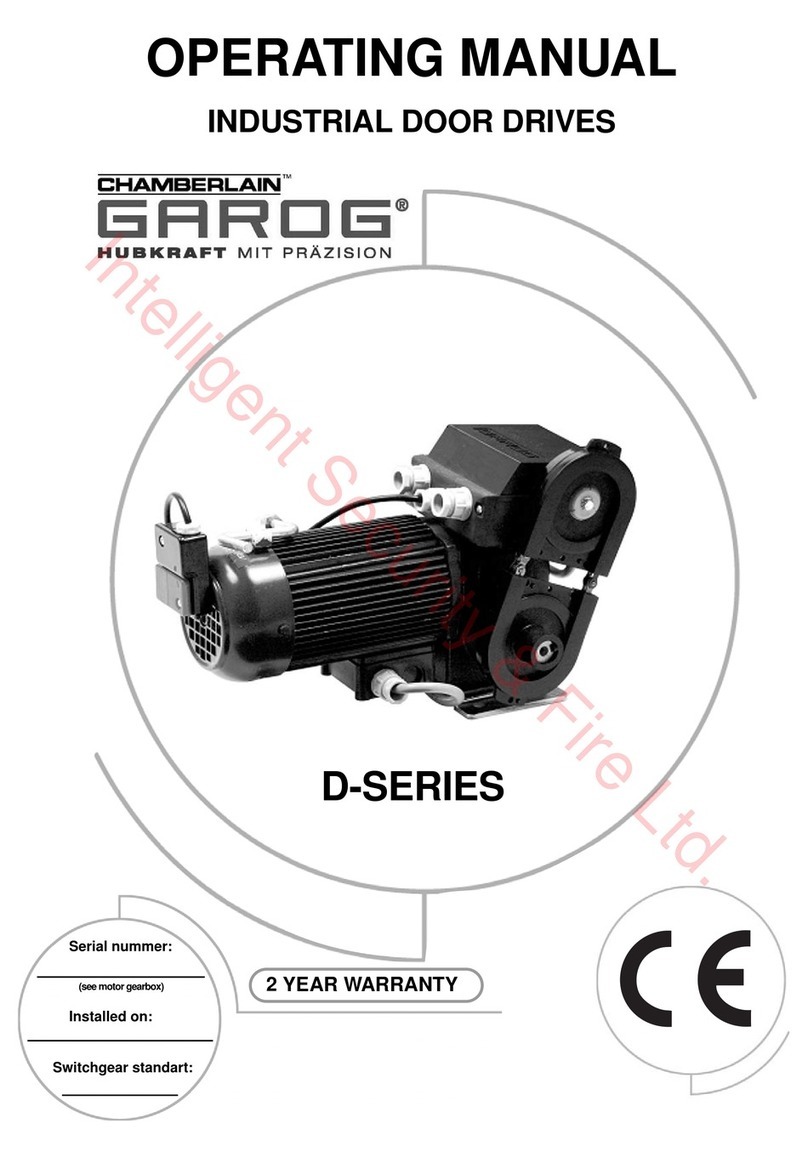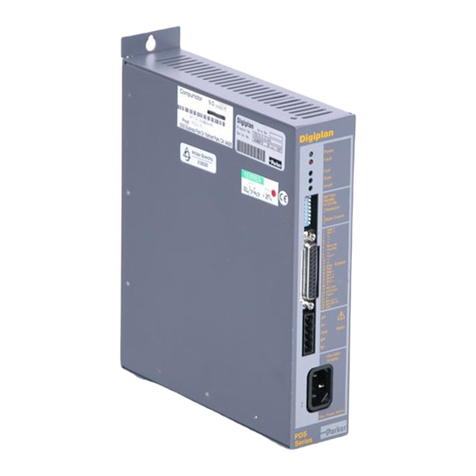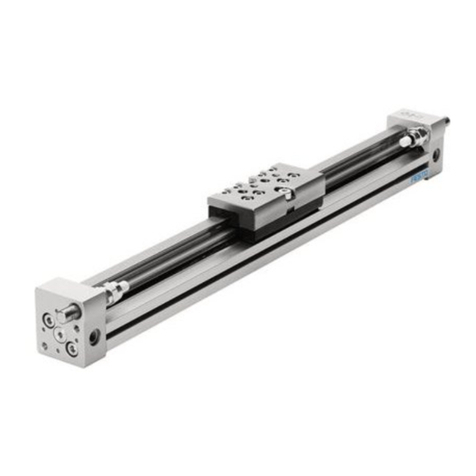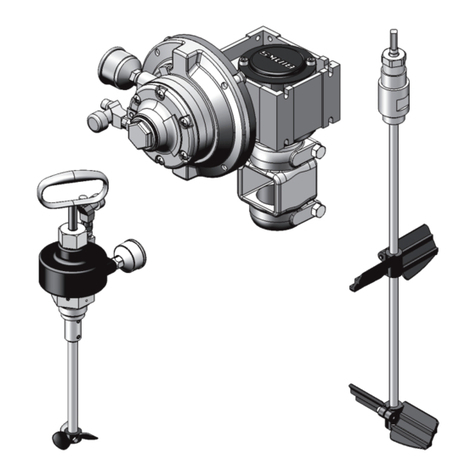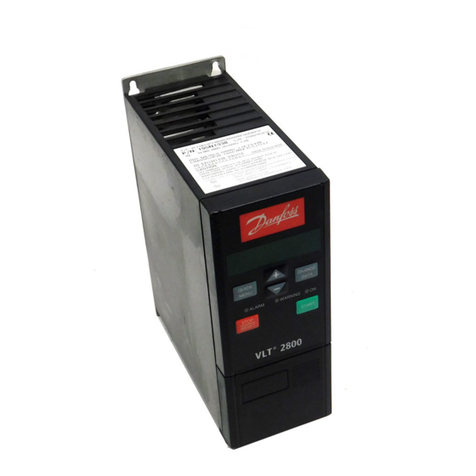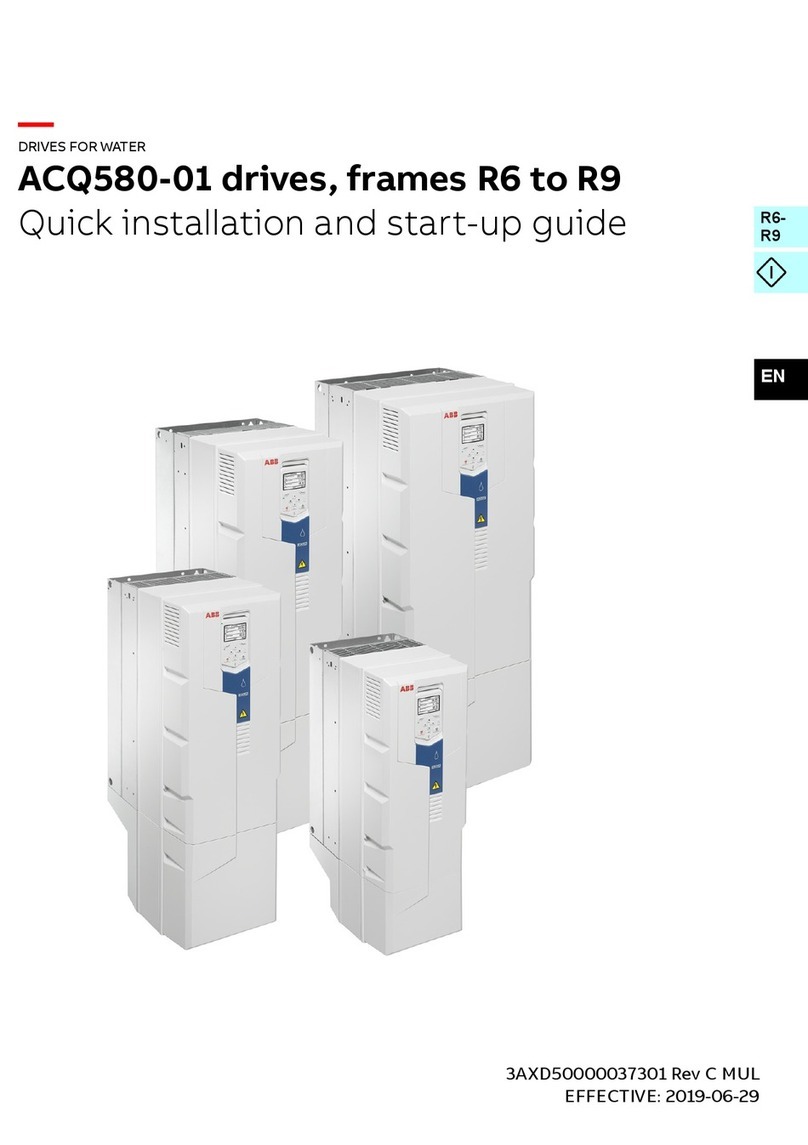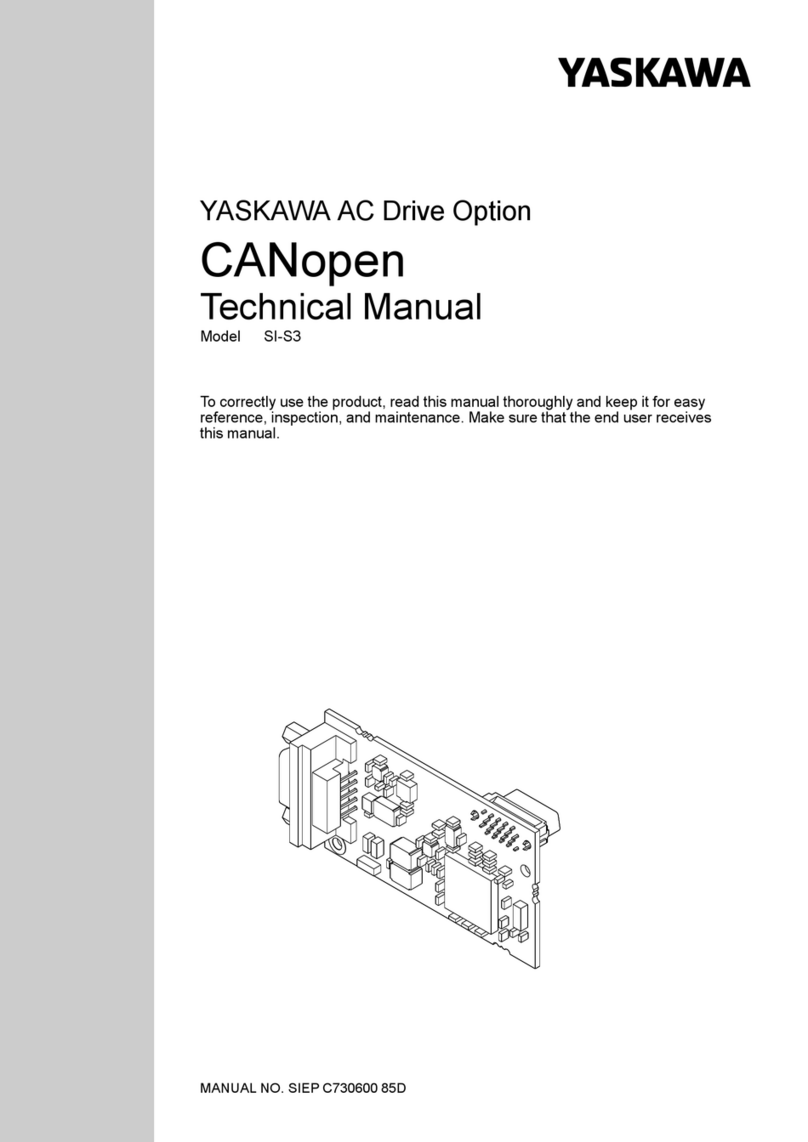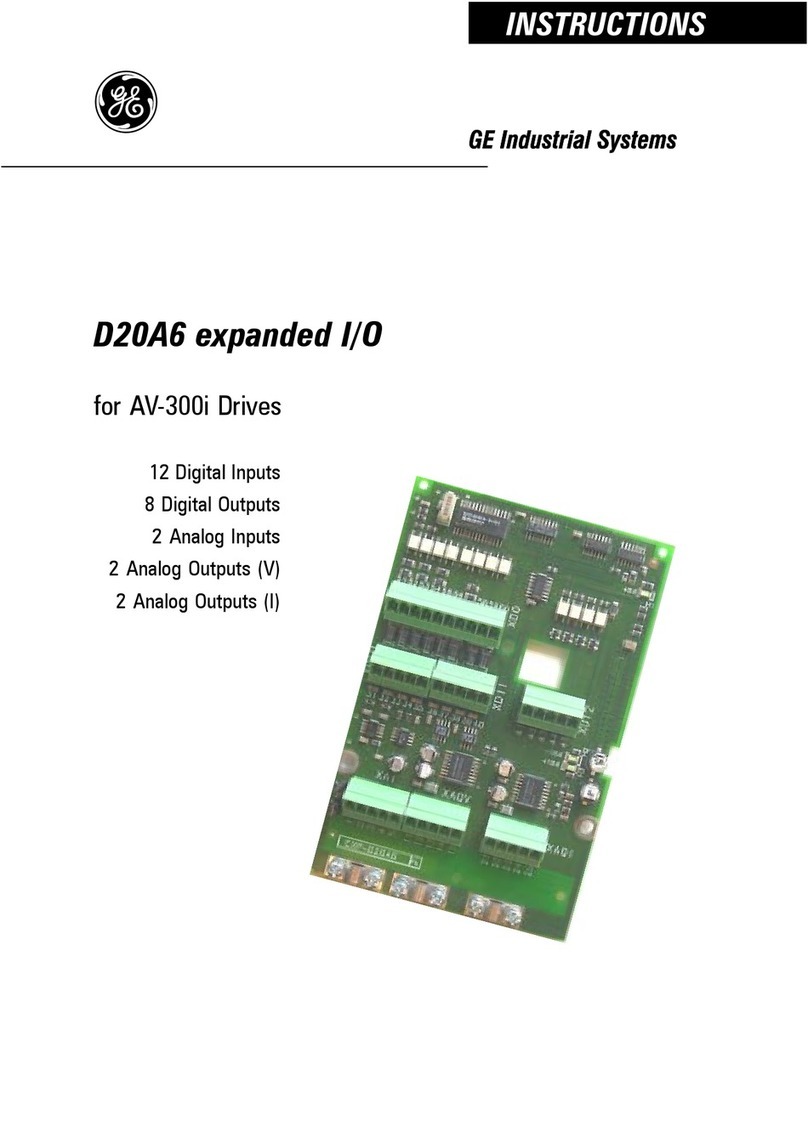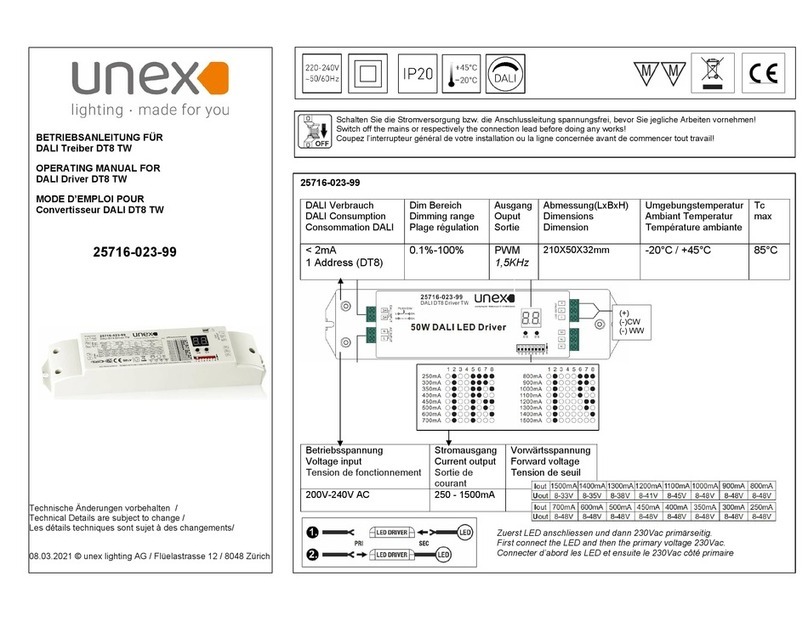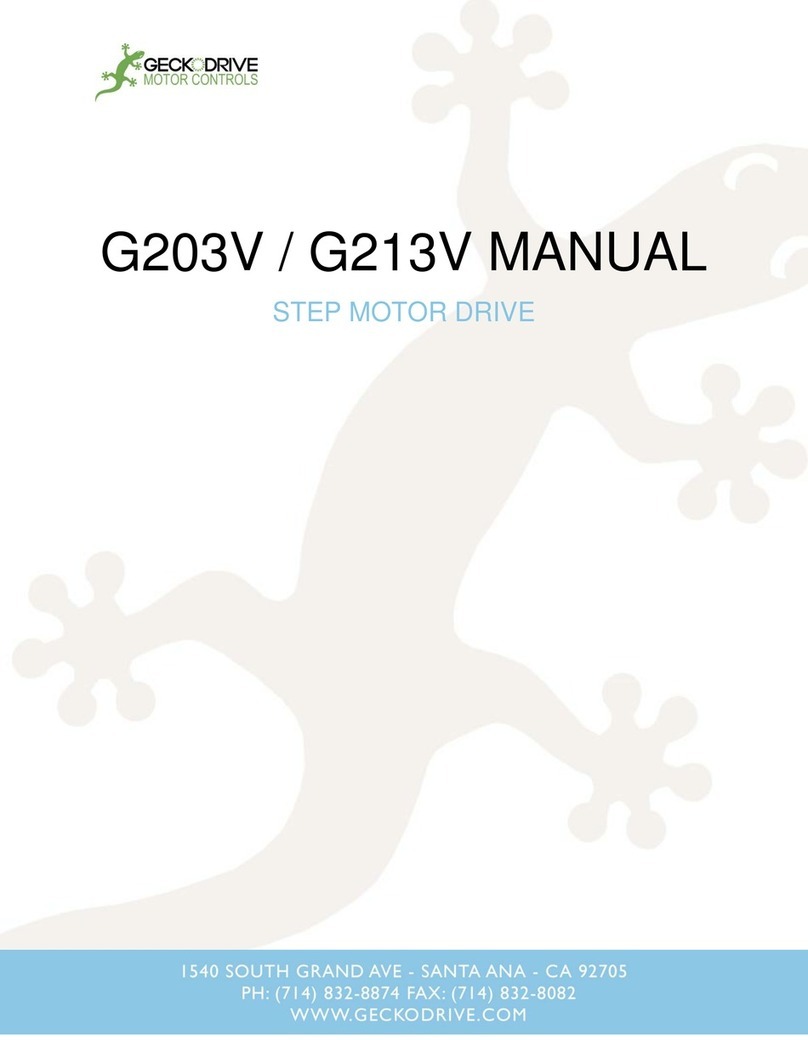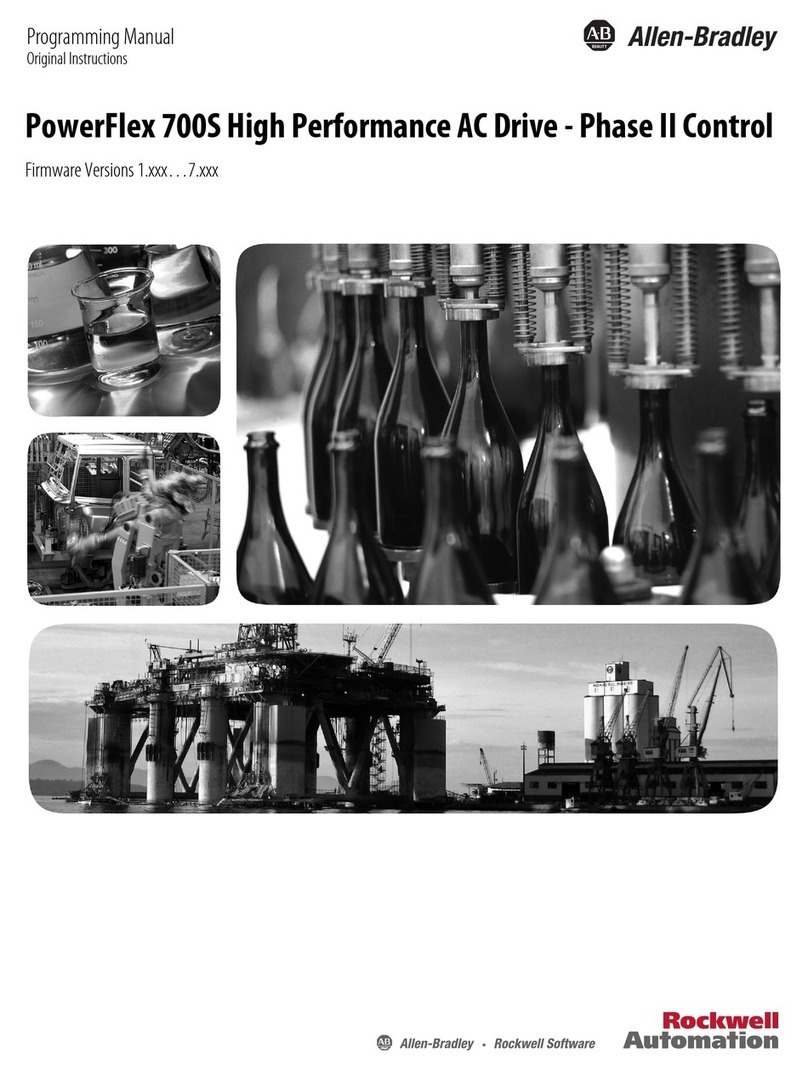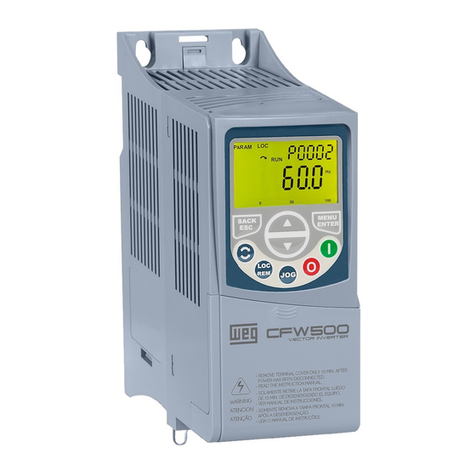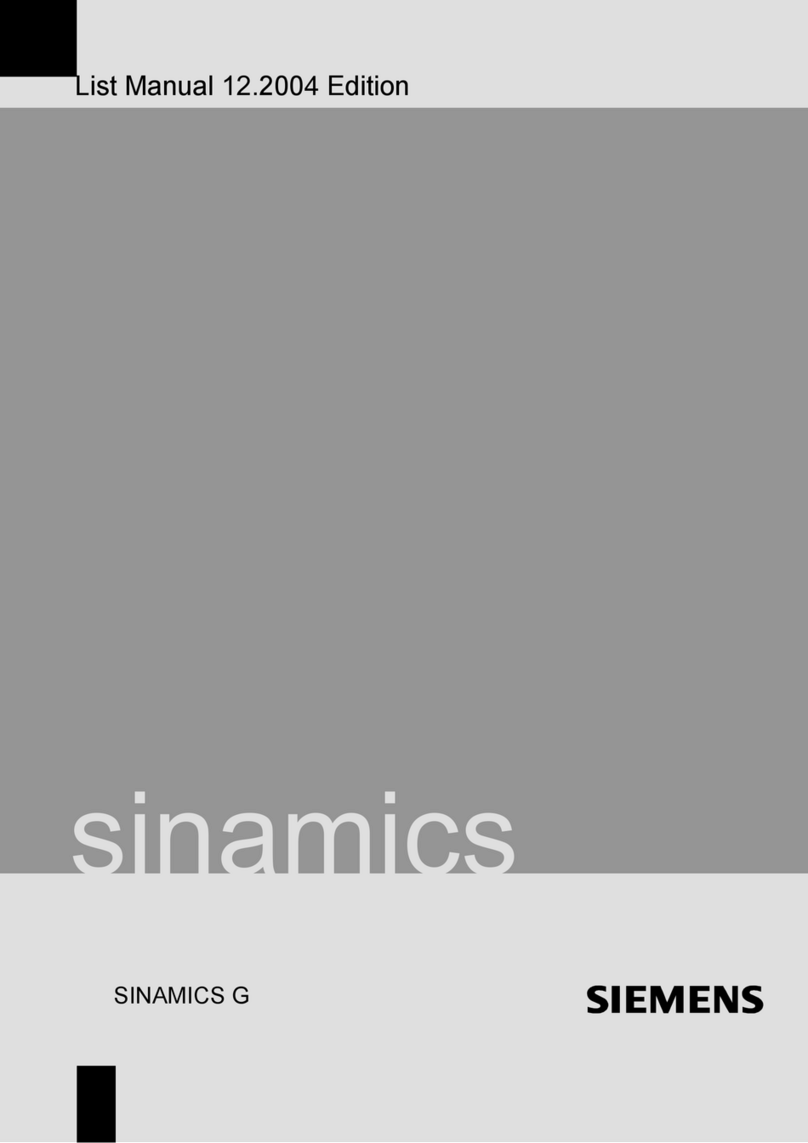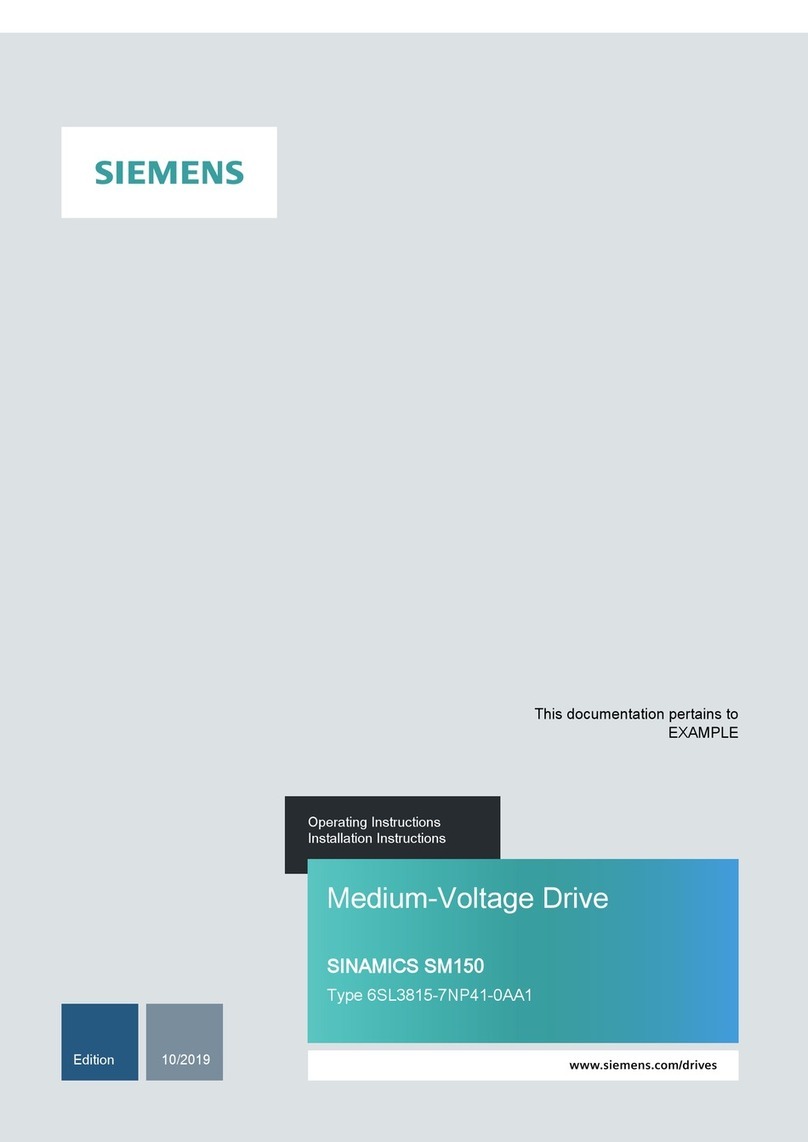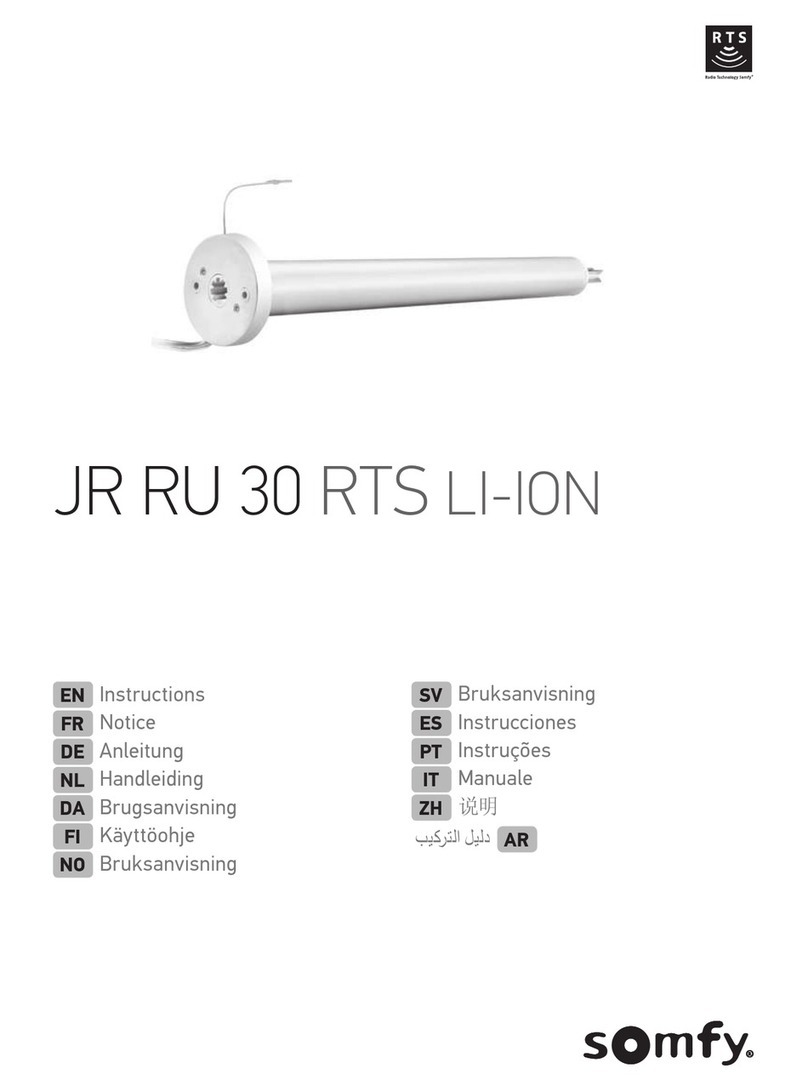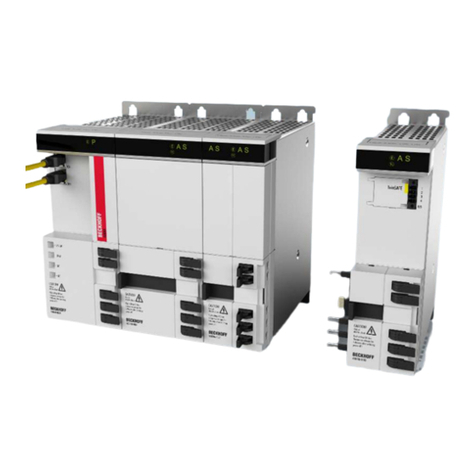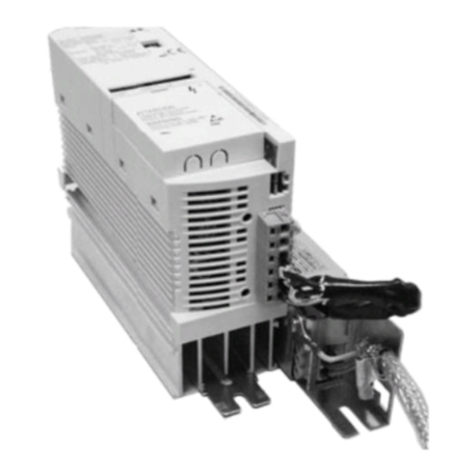
Table of contents
General ............................................................................................................................................................................... 3
Warranty ............................................................................................................................................................................. 4
Safety instructions ............................................................................................................................................................... 4
Instructions for the user................................................................................................................................................... 4
Instructions for installation and commissioning.................................................................................................................. 4
Intended use ....................................................................................................................................................................... 6
Assembling and disassembling the plug-in connecting cable................................................................................................... 6
Assembling the plug-in connecting cable .......................................................................................................................... 6
Disassembling the plug-in connecting cable for tubular drives dia. 35. ................................................................................ 7
Disassembling the plug-in connecting cable for tubular drives dia. 45 and dia. 58 ................................................................ 8
Installation........................................................................................................................................................................... 9
Assembling the drive ....................................................................................................................................................... 9
Undoing the mounting pin................................................................................................................................................ 9
Drive adapter for obstacle detection ................................................................................................................................. 9
Drive adapter safety catch ............................................................................................................................................. 10
Assembling the drive adapter with safety catch on the drive shaft................................................................................. 10
Disassembling the drive adapter with safety catch on the drive shaft ............................................................................ 10
Assembling and disassembling the drive adapter with separate drive adapter safety catch............................................. 10
Assembling and disassembling the drive adapter with screw connection ...................................................................... 10
Mounting the drive in the tube ........................................................................................................................................ 11
Confirming the drive ...................................................................................................................................................... 12
First operation ................................................................................................................................................................... 12
Programming the master transmitter .............................................................................................................................. 13
Checking that the running direction is correct.................................................................................................................. 13
Intelligent installation management ................................................................................................................................ 14
Setting the limit positions............................................................................................................................................... 14
Upper stop to lower stop........................................................................................................................................... 14
Upper point to lower point......................................................................................................................................... 15
Upper stop to lower point.......................................................................................................................................... 15
Upper point to lower stop.......................................................................................................................................... 15
Changing the set limit positions ...................................................................................................................................... 16
Deleting the limit positions ............................................................................................................................................. 17
Intermediate positions I + II ............................................................................................................................................ 17
Programming additional transmitters.............................................................................................................................. 18
Deleting transmitters..................................................................................................................................................... 18
Overwriting the master .................................................................................................................................................. 19
Local operation with a single button..................................................................................................................................... 21
Upper anti-freeze mechanism ............................................................................................................................................. 22
Activating/Deactivating upper anti-freeze mechanism...................................................................................................... 22
Obstacle detection............................................................................................................................................................. 22
Fly screen protection function ............................................................................................................................................. 23
Programming the run times................................................................................................................................................. 23
Deleting the run times ........................................................................................................................................................ 23
Disposal ............................................................................................................................................................................ 23
Maintenance ..................................................................................................................................................................... 23
Technical data dia. 35 ........................................................................................................................................................ 24
Technical data dia. 45 ........................................................................................................................................................ 24
What to do if...?.................................................................................................................................................................. 25
Sample wiring diagram ....................................................................................................................................................... 26
Declaration of conformity ................................................................................................................................................... 27
2
